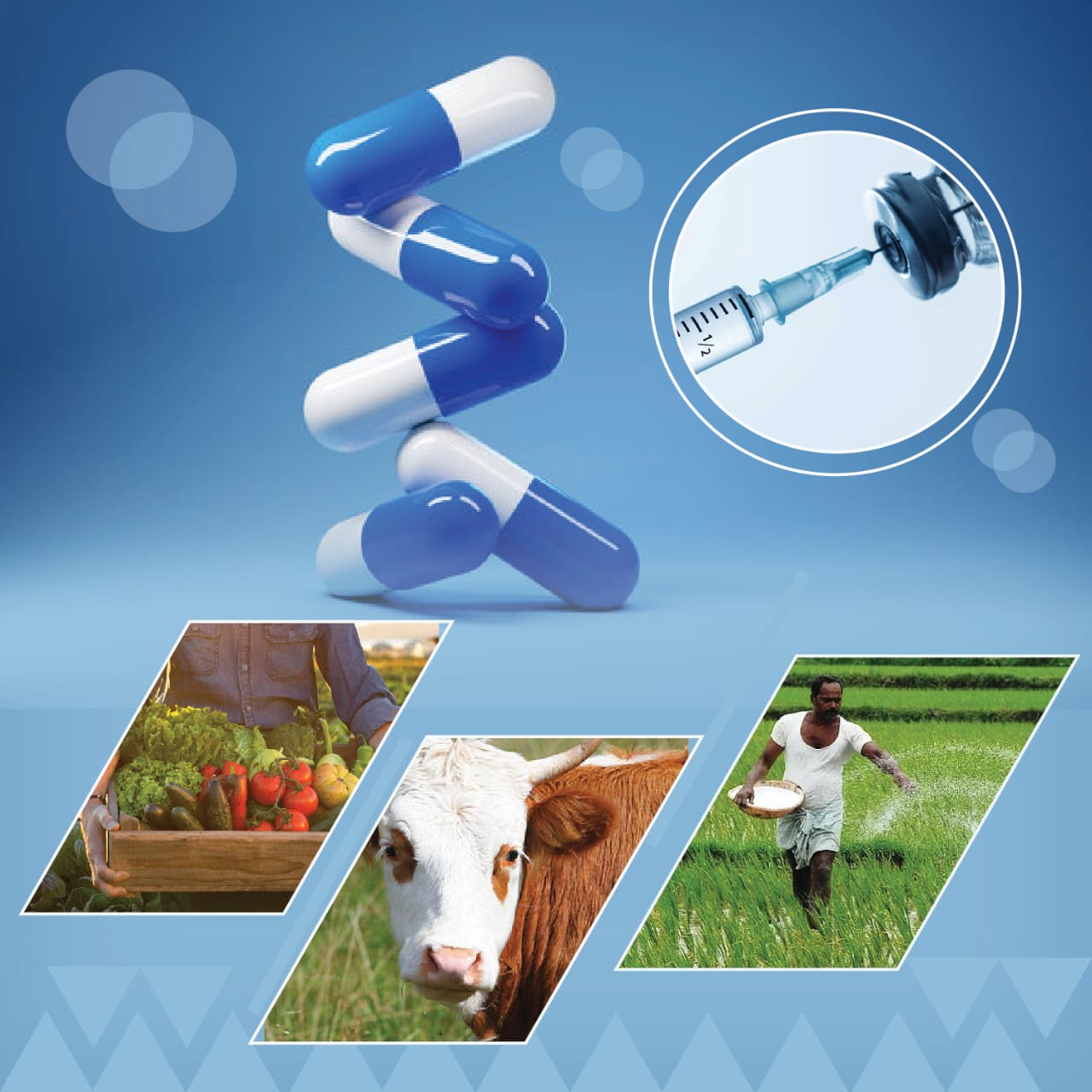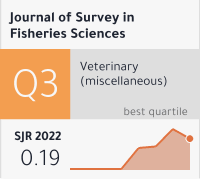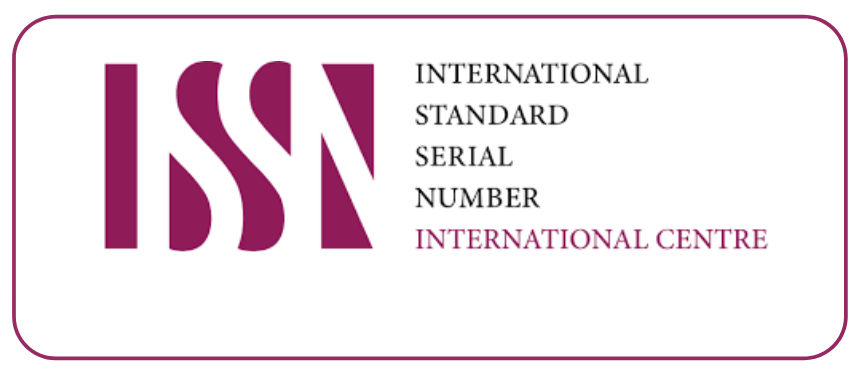Profitability of tilapia (Oreochromis spp.) at various farming scales in Honduras
DOI:
https://doi.org/10.17762/sfs.v8i2.57Abstract
Questionnaires were conducted to determine the production status, operating costs and profitability of tilapia (Oreochromis spp.) aquaculture in Honduras. Between 2016 and 2020, Honduran tilapia farming occurred on small, medium, and industrial levels in both polyculture and monoculture systems. On average, farms were less than five hectares and fewer than five farmworkers were employed throughout the production cycle. The majority of surveyed farms used commercial feed rather than natural feed. The farming cycle on the surveyed farms was less than 6 months, with the produced fresh tilapia being sold directly to buyers and regular customers. Most fish farmers (83.87%) were not considering a job change. The main costs in tilapia farming production were feed (60.88%–75.13%), labour (2.83%–12.88%) and fry (4.19%–8.24%). Industrial-level farms had higher profitability due to high product value and lower feed costs.










